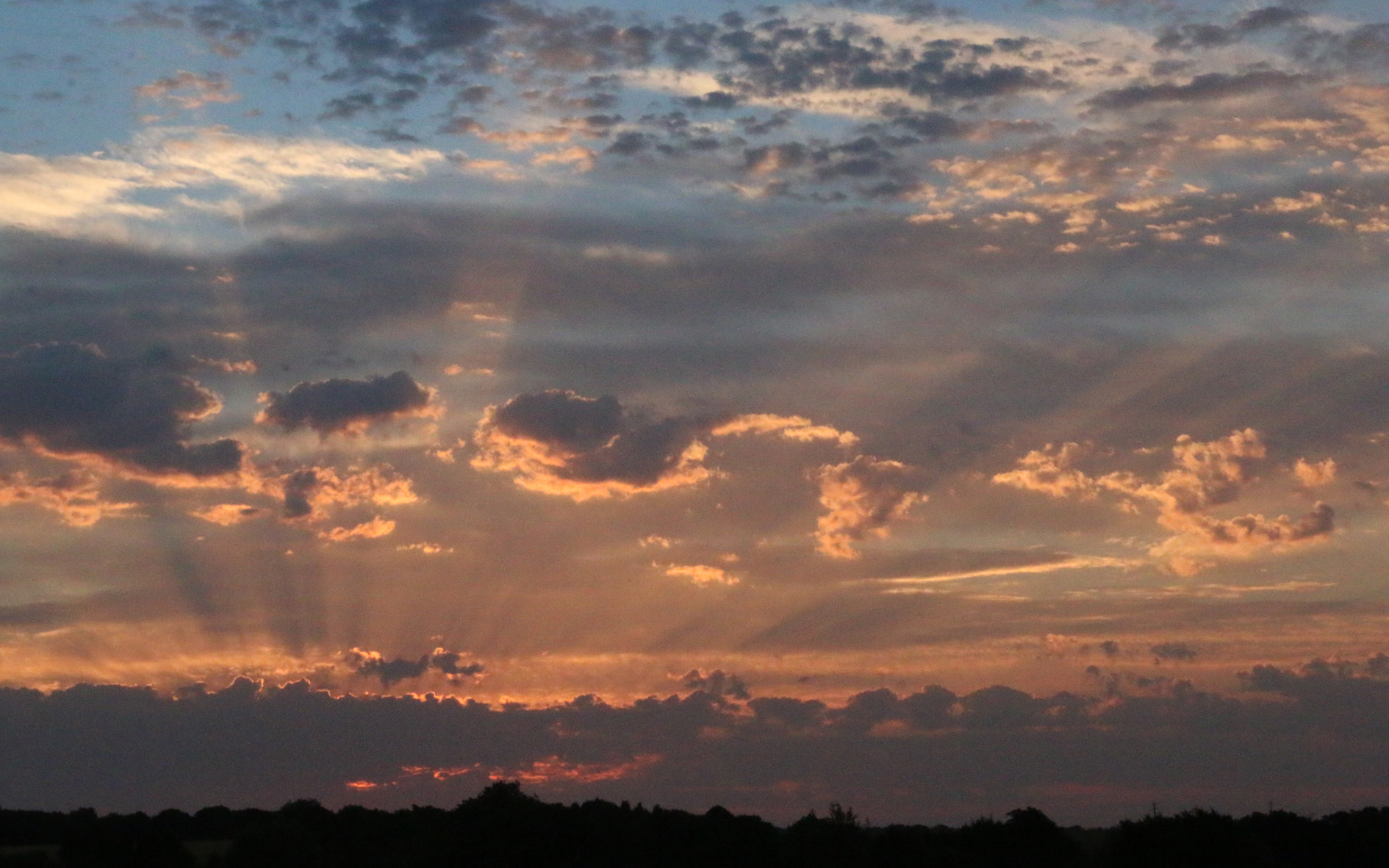Sunday brought us a few showers in the morning and again in the afternoon amounting to 3.3mm. It was a very mild day that saw the thermometer reach 13.9C at 13.17 before falling back a couple of degrees in the late afternoon. Overnight the thermometer dropped away to a minimum of 7.2C logged at 08.00 being 4.8C above average
Monday brought us a bright start to the day but cloud will build late morning as another weather front passes our way.
November 2024 Review
A high-pressure system dominated the first few days of the new month that built and extended from Ireland to Russia and down south as far as North Africa.
The weather from the 1st to the 9th was dull, dreary and drab as large areas of low cloud became trapped under the dome of high pressure. This period was also noted for the lack of breeze that meant the air became stagnant with little movement and at times many hours of calm.
The other feature was the minimal diurnal range of temperatures, the difference between day and night extremes. Both on the 3rd and 4th there was just 2C difference between the two, such as 11.6C and 9.4C on the 3rd. However, the diurnal range at the end of this depressing period was just 0.5C between 7.2C on the 8th and the minimum next morning of 6.7C.
At these times the thick cloud acted as a duvet limiting any warmth escaping into the atmosphere. There were four days that were notable that no UV light triggered the UV sensor, 3rd, 7th, 8th and 9th respectively, the first occasion that this has occurred since 30th January 2024.
A new high-pressure system arrived on the 10th with unusually high pressure with a peak of 1039.1mb logged on the 11th, the highest since 11th January. This anticyclone meant that the air circulating clockwise, as it does, produced a change in wind direction, coming principally from the north, a much cooler direction.
The blocking high also kept weather fronts from making progress towards the UK so a dry, mild period continued until the 16th. The air was much clearer with some weak UV light triggering the sensor.
The 18th into the 19th produced an interesting twenty-four hours or more. The 18th started with a temperature of 5.2C and hovered around 8C for most of the daylight hours then during the evening an area of warm air arrived that took the maximum to 11.2C at 00.15, early on the 19th, when it is usual in November for the temperature to drop. However, a cold front arrived shortly afterwards, followed by a stream of Arctic air, that saw the temperature begin to fall steadily to a reading of 2.1C at 08.00. This period also produced a total of 13.3mm of rainfall, the wettest since 18th October. The thermometer continued to drop as the morning of the 19th progressed with occasional snowflakes observed at 09.30. By 10.45 the thermometer read 1.3C and snow began to fall heavily, shortly afterwards it began to settle on grass areas. This significant change in our weather was due to a very wide weather front associated with a small depression that ran across southern England that saw the barometric pressure drop to a low of 995.8mb, the lowest pressure since 9th October.
By the 22nd it was all change again as Storm Bert began to influence our weather, centred off the coast of Northen Ireland, that saw the thermometer rise 9C overnight of the 23rd, when temperatures normally fall away in autumn. This was due to a warm front crossing our area also bringing rain and a strengthening wind from the southwest.
Another contrast was logged on the 23rd/24th. Temperatures usually drop away overnight, however, the temperature rose almost continuously from 8.1C at 08.00 on the 23rd to 16.9C at the time on the 24th. No evaporation was logged over the twenty-four hours due to the almost continuous rain that amounted to 27.2mm.
The mean temperature for November was almost exactly average, however, that hides the fact that the daytime mean was 0.3C below and the mean nighttime was 0.5C above.
The monthly precipitation total, that included the snow, was 97.5mm being 106% of my 40-year average or plus 5.8mm. The precipitation for the eleven months from January to November totalled 1069.4mm compared to my 40-year average of 768mm being 139% or plus 301mm.
Autumn 2024.
The average temperature was just 0.1C above the 40-year average. Rainfall of 421mm was 171% of my 40-year average or plus 175.

